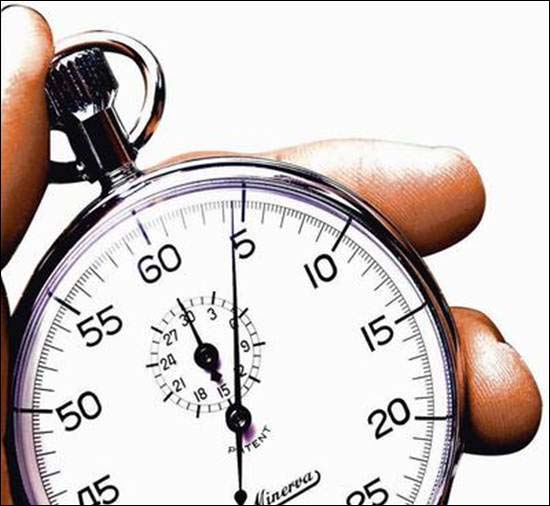There are three time management tools one should become intimate with in order to take advantage of efficiency. The tools in themselves will not make time more valuable or the actions conducted in those times more valuable. However, they are merely aids that allow one to pursue the end objective they have set out. Without the objective and the desire to succeed, it is unlikely that any number of tools in time managements will be of any use. The first tool that is needed, a task list, is a device that is tailored to suite the way ones time is to be spent. A doctor and a writer will have different formats, but the principles are the same. This device will give one the opportunity to mark time. The second tool is a calendar. This calendar is usually integrated together with the tool to remind on dates and times, but it is more about managing a series of task, actions and objectives.
Task Lists
The task list is simply that. A list of things that need action. A series of tasks that, when put together, will allow the person to achieve a goal. The task list is not something to be randomly assembled. It must be meticulously planned and included. Frivolous tasks should be avoided and from the final list, only that which advances the objective should be included. To be effective, tasks should be handled in a timely fashion. There should be no delays or unnecessary breaks and rest periods from accomplishing tasks.
Calendars
Each appointment to deliver an item must be done precisely and on time. It must further be practiced that everything must be done ahead of time when possible. For timing issues, the best tool is a calendar. Calendars allow to keep track of due dates as well as the passage of time because to graphically relates the concept of time. Using the calendar takes a little getting use to. It is not just to see what day falls on a certain date or what’s the next public holiday. It is to mark measurable milestones. Another very useful tool to measure tasks and deadlines simultaneously are Gantt Charts. Gantt Charts show sequential
Journals
To make time more relevant another tool needs to be incorporated into the equation. This is a time-value measurement. Time-value measurement requires the use of historical use of time. This is where journals are useful. Journals allow one to track how time was spent. For example, if one were to take a journal and account for each moment of the day then measure that with the amount of money that was made over the period of the ear then it would be possible to calculate the value of each waking minute. For instance if one worked 10 hours per day for 365 days, that would result in 219,000 minutes. If this person’s total revenue last year was $219,000, then it means that each waking minute, he is worth $1. Measuring things this way gives one perspective and when done in this way, it allows a person to realize when time is being wasted.
The three tools, task lists, calendars and journals together work to give a person the necessary means to increase the use of time and gain from its improved efficiency. It all, though, must stem from the desire to improve one’s self.
Harri Jussila is editor at the Time Management Solutions Blog. Become more productive and lower your stress.

